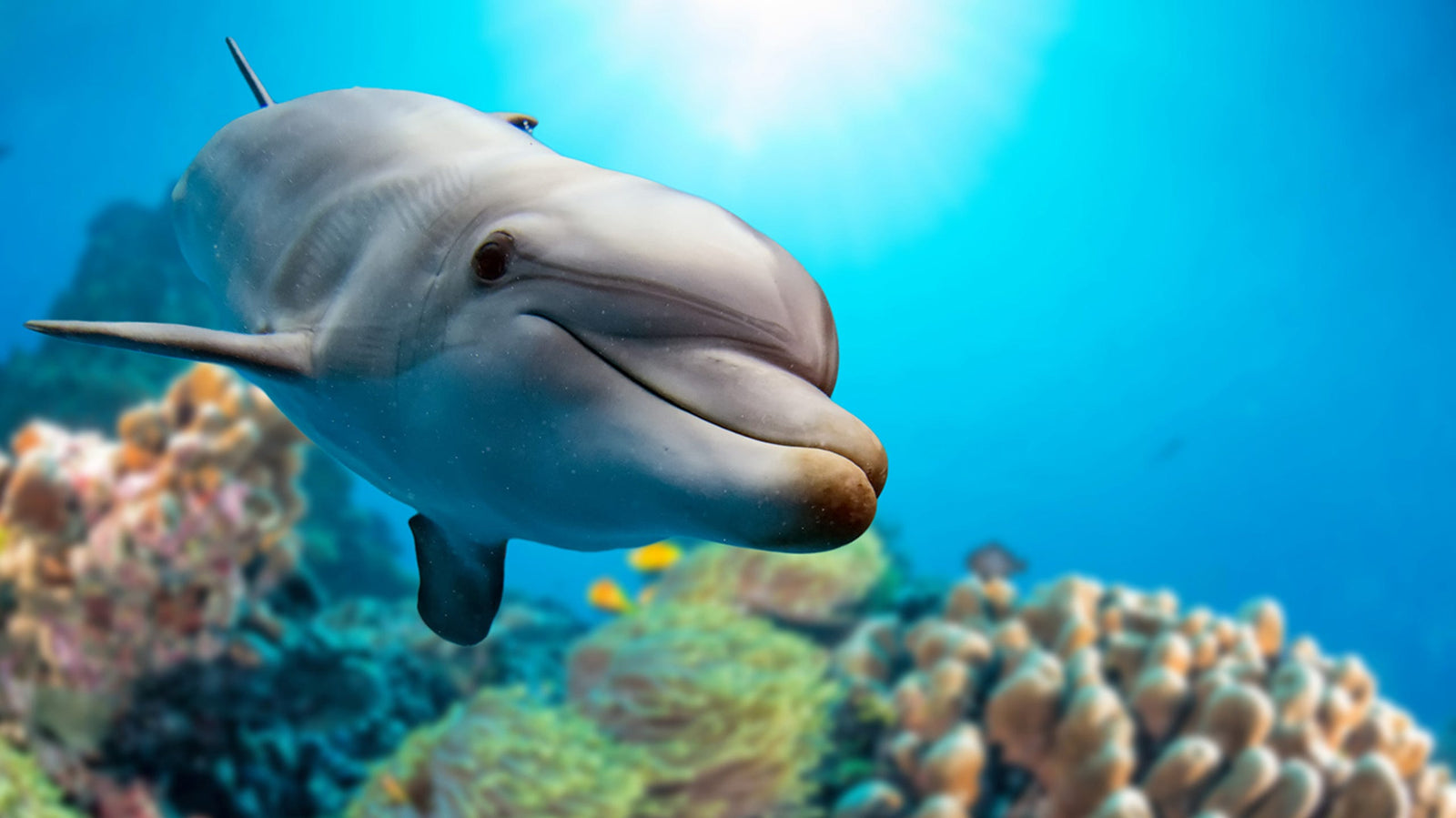What Dolphins and Birds Can Teach Us About Sleep

- We know you may not have ever considered why you need to know about dolphins or birds sleeping patterns before...keep an open mind and let us know what you think about the following insights and how they apply to your life.
- Dolphins engage in unihemispheric sleep...one half of their brain sleeps while the other half continues to wire and fire in order to keep up their necessary movement in the water. Once one half of the brain has had sufficient sleep a switch occurs which allows the previously vigilant part of the brain to enter the NREM sleep! Sleep is an absolute non-negotiable in the animal kingdom and Mother Nature has amazing ways of accommodating this split-shift system for sleep and it is not just dolphins that adapt in these ways.
It’s not just sea creatures that adapt their brains...
- Birds have an enthralling way to get their much needed shut-eye too. When its time for birds to sleep they adapt in their own unique ways to be able to get their required sleep whilst remaining vigilant and reducing potential threats.
- If the bird is on their own, one half of the brain and the corresponding (opposite) eye (your left visual field corresponds to your right hemisphere and vice versa) remain awake and ‘on guard’ while the opposite eye and hemisphere enter their sleep phase.
- The lengths birds go to in order to get their sleep gets even more interesting when birds are flocked together. Many species of birds can use both sides of their brain to sleep when they are grouped together...how do they stay safe you may ask? Ever seen the picture of birds lined up in a row...well that is a large part of their ingenuity. The lucky birds in the middle get to relax and sleep with both sides of their brain...However, the two birds on the end (the far left and far right) sleep with just one half of their brain whilst keeping the corresponding (opposite) right and left eye open, this allows them a 360 view and threat detection ensuring the safety of the entire flock. If this adaptability isn’t amazing enough, the two lookout-birds on the end will stand up at some stage during this group sleep sesh and rotate 180 degrees, allowing the other sides of their brains to get some sleep.
How is this relevant to humans you might ask?
Well we aren’t exactly sitting sleeping in a row or leaving half of our brains awake so we can maintain our swimming capacity in water but Prof. Matthew Walker highlights some recent studies that show that although humans have a similar electrical depth in the deep NREM slow brainwaves when we are sleeping in our familiar home, if you go to a sleep laboratory or a hotel (i.e. an unfamiliar sleep environment), one half of the brain sleeps a little bit lighter as if, like the birds, it is being a tad more vigilant due to the potential threat the brain has perceived when awake. The more nights you sleep in your new unfamiliar environment the deeper your sleep will be.
This makes sense when we hear of people who were burgled in their home and are now as result having real difficulties sleeping; perhaps their conscious brain is now registering their home as potentially unsafe. We also get lots of customer queries from new couples that find it difficult to sleep beside each other. Could it be that this threat detection is present when you new bae is beside you? We will keep an eye out for more research on this area!
Your brain has got your back!
It is worth noting that to enter REM, your dream state sleep, whether it is a bird or a human, both sides of the brain are required but how amazing is it that our brain always has our back and is monitoring our environment on some level, awake our asleep.
Kocoono™ was born out of our desire to have people feel like they are safe in a Cocoon, our customer testimonials tell us that people feel they are getting better, deeper quality sleep. With the deep touch pressure stimulating your pressure points in your body your quality of relaxation and sleep can drastically improve.


Leave a comment